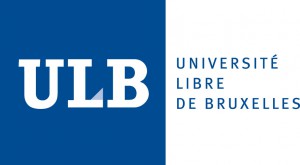
A genetic model organism: Caenorhabditis elegans are ~1 mm long hermaphroditic, free-living nematodes. C. elegans combines the practical advantage of hermaphrodite reproduction (large number of genetically identical animals and ease of maintaining strains by self fertilisation) with the experimental advantages of classical sexual reproduction (to transfer mutations, outcross, map traits, …). Each individual produces oocytes and sperm and can internally self-fertilize, producing large isogenic populations. Males are produced at low rate by unbalanced meiosis.

Short life-cycle and easy cultivation: In the laboratory, C. elegans is cultivated on agar dishes and feed on E. coli bacteria. Each individual produce ~200 eggs, that reach reproductive maturity in ~4 days and last 2 to 3 weeks. It can be cultivated in large numbers (>10,000 worms/petri dish) or can be frozen in liquid nitrogen and recovered many years later. This short life cycle, large progeny and ease of maintenance greatly facilitates biological study.

Mutants and transgenic: As human, the genome of C. elegans encode roughly 20.000 genes. ~80% of its genes have human orthologues. Millions of mutants and transgenic strains are available to the community for analysis. Great for microscopy: C. elegans is transparent to light, turning it into a perfect organism to observe development or cell biology in-vivo, using contrast or fluorescent microscopy. Each individual contain a constant 959 somatic cells. The number and position of these cells during development and in the adult is constant.
A model for neuroscience: The compact nervous system of C. elegans consist of just 302 neurons, each has a reproducible location, functions and synaptic connectivity. The nervous system network made of ~7000 synapses and ~800 gap junctions is entirely described at the resolution of each connection. Neuronal differentiation and circuit assembly are well understood, as well as the neurons and circuits that generate simple behavior.


